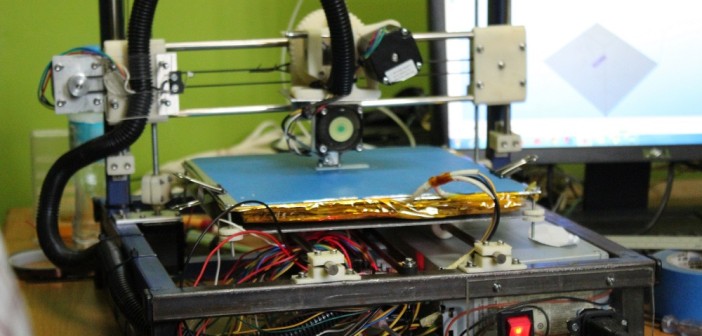
Tanzanian innovation space Buni Hub has developed a 3D printer made from e-waste, the first of its kind in East and Central Africa.
The 3D printer was developed through a joint initiative between Buni Hub, which is a project of the Tanzania’s Commission for Science and Technology (COSTECH), the techfortrade organisation, students and a lecturer from Dar es Salaam Institute of Technology (DIT).
The project is the first undertaken by the newly established mini-fabrication laboratory at Buni Hub, and is set to be made available to innovators looking to keep their production costs low through a number of FabLab maker centres.
Jumanne Mtambalike, community and trainee manager at Buni Hub, told Disrupt Africa the e-waste 3D printer will be used to print prototypes and models at the hub, as well as assisting with small-scale manufacturing.
“We have received requests from eight different organisations and individuals from different places in the world requesting us to share the work through documenting the process and publishing it online,” Mtambalike said.
“The plan now is to scale the production by involving SMEs and vocational training institutions to take part in the process. Another plan is to document all the work, create a Wiki, estimate the production cost and pilot the project of getting the filament from recycled plastic materials.”
He said Buni Hub interns will also get to work on building a second e-waste 3D printer.
E-waste is becoming a growing problem globally, with nearly between 20 and 50 million metric tonnes of e-waste disposed of worldwide every year. Tanzania alone generates almost 9,500 tonnes of e-waste just from computers.
Mtambalike said aside from putting e-waste to a practical and perhaps profitable use, Buni Hub was also looking to assist Tanzanian and African innovators in making things rather than just coding software and apps.
“This has inspired the establishment of the mini FabLab and the makers community at the space,” he said.
“We started by assembling the printers and later on we tried to develop an e-waste one from available e-waste materials. Then, the journey started.”
Comments
Post a Comment